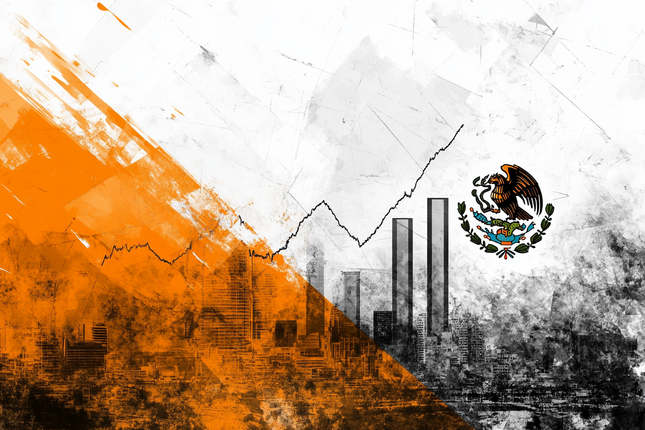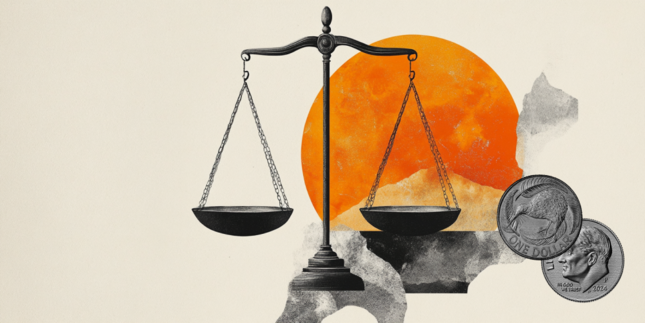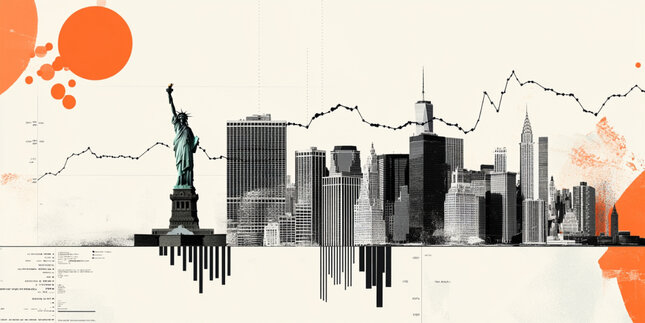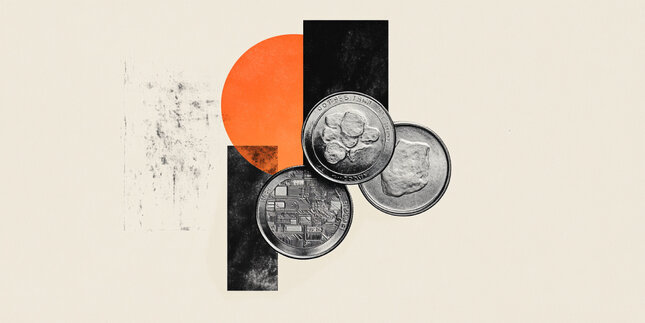-
Opps!
This language contents are not available!

Silver Price Forecast: XAG/USD pulls back from five-month high near $34.50
- Silver price remains below the five-month high of $34.49, reached on Friday.
- Safe-haven demand for Silver remains strong as investors seek protection amid rising risk aversion ahead of US tariffs next week.
- As US Treasury yields decline, Silver, a non-yielding asset, may find support and regain momentum.
Silver price (XAG/USD) retreated after gaining over 2% in the previous session, trading near $34.30 per troy ounce during Asian hours on Friday. Despite the retreat, safe-haven demand for Silver remains strong amid heightened risk aversion, driven by escalating trade tensions ahead of new US tariffs next week.
US President Donald Trump recently imposed a 25% tariff on foreign-made cars and auto parts, triggering retaliation threats from the European Union and Canada. This has fueled concerns of a broader trade dispute and potential global economic fallout.
Silver, a non-yielding asset, could regain its footing as US Treasury yields decline. At the time of writing, the 2-year and 10-year yields stand at 3.99% and 4.34%, respectively. However, Moody’s has warned that increased tariffs and tax cuts could significantly widen government deficits, potentially leading to a US debt rating downgrade and higher Treasury yields.
Meanwhile, US Gross Domestic Product (GDP) grew at an annualized rate of 2.4% in Q4 2024, exceeding the 2.3% forecast, according to data released on Thursday. Investors now turn their attention to Friday’s US Personal Consumption Expenditures (PCE) Price Index for further insight into the Federal Reserve’s (Fed) monetary policy stance. The Fed held rates steady last week but reaffirmed expectations for two rate cuts by year-end.
Boston Fed President Susan Collins noted on Thursday that the central bank faces a tough choice between maintaining a restrictive policy stance or acting preemptively to address potential economic deterioration. Meanwhile, Richmond Fed President Thomas Barkin cautioned that uncertainty surrounding the Trump administration’s trade policies could push the Fed toward a more cautious, wait-and-see approach than markets anticipate.
Silver FAQs
Silver is a precious metal highly traded among investors. It has been historically used as a store of value and a medium of exchange. Although less popular than Gold, traders may turn to Silver to diversify their investment portfolio, for its intrinsic value or as a potential hedge during high-inflation periods. Investors can buy physical Silver, in coins or in bars, or trade it through vehicles such as Exchange Traded Funds, which track its price on international markets.
Silver prices can move due to a wide range of factors. Geopolitical instability or fears of a deep recession can make Silver price escalate due to its safe-haven status, although to a lesser extent than Gold's. As a yieldless asset, Silver tends to rise with lower interest rates. Its moves also depend on how the US Dollar (USD) behaves as the asset is priced in dollars (XAG/USD). A strong Dollar tends to keep the price of Silver at bay, whereas a weaker Dollar is likely to propel prices up. Other factors such as investment demand, mining supply – Silver is much more abundant than Gold – and recycling rates can also affect prices.
Silver is widely used in industry, particularly in sectors such as electronics or solar energy, as it has one of the highest electric conductivity of all metals – more than Copper and Gold. A surge in demand can increase prices, while a decline tends to lower them. Dynamics in the US, Chinese and Indian economies can also contribute to price swings: for the US and particularly China, their big industrial sectors use Silver in various processes; in India, consumers’ demand for the precious metal for jewellery also plays a key role in setting prices.
Silver prices tend to follow Gold's moves. When Gold prices rise, Silver typically follows suit, as their status as safe-haven assets is similar. The Gold/Silver ratio, which shows the number of ounces of Silver needed to equal the value of one ounce of Gold, may help to determine the relative valuation between both metals. Some investors may consider a high ratio as an indicator that Silver is undervalued, or Gold is overvalued. On the contrary, a low ratio might suggest that Gold is undervalued relative to Silver.
Forex News
Keep up with the financial markets, know what's happening and what is affecting the markets with our latest market updates. Analyze market movers, trends and build your trading strategies accordingly.






















